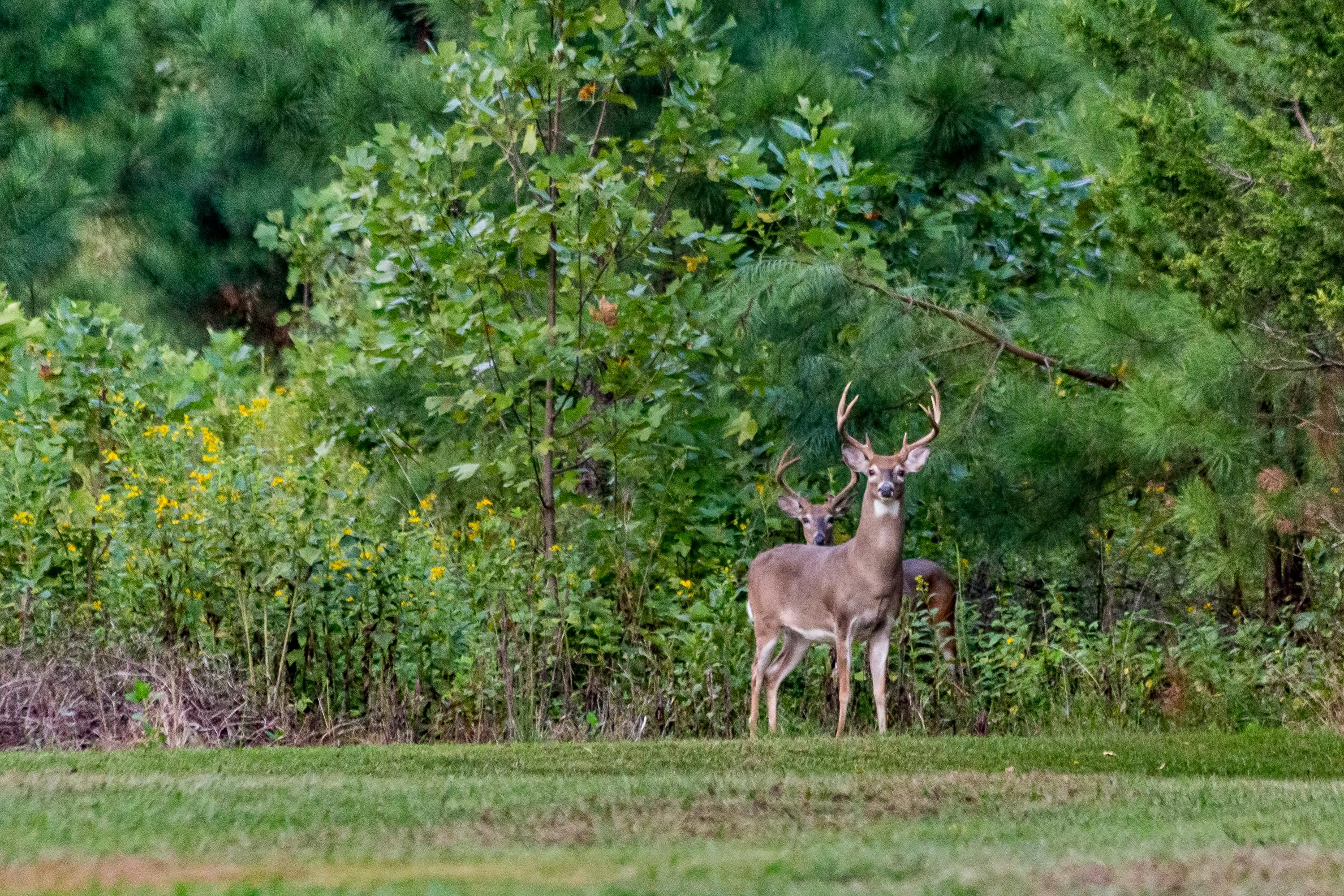NASHVILLE, TN (WOKI /TWRA) – The Tennessee Fish and Wildlife Commission (TFWC) held a one-day meeting Friday, Oct. 17, to review proposed Deer Baiting Privilege License rules, North Cumberland WMA OHV permit, changes to the Threatened and Endangered Species rule, and celebrate annual awards.
The Deer Baiting Privilege License, which was enacted by the Tennessee General Assembly, is only for white-tailed deer and for private and leased land. The law requires the Tennessee Wildlife Resources Agency (TWRA) to promulgate rules establishing acceptable bait, the amount of bait that may be used, and the conditions under which the license may be used. The rules take effect Aug. 1, 2026, and the license will be valid beginning with the 2026-27 hunting season. A public input period is now underway and will continue through Nov. 14, 2025. Public comment information and the complete recommendations can be accessed on the Public Notices and Comments page on TWRA’s website.
In other business, a preview of the North Cumberland WMA OHV (off-highway vehicle) permit was presented and proposed. This new permit is critical to supporting the management and maintenance of 350 miles of roads at North Cumberland WMA. The complete recommendations can be read and the opportunity to provide public comments can be made on the Public Notices and Comments page.
The proposed changes to the rule for Threatened and Endangered Species were presented. The TWRA Biodiversity Division conducts a review of the state list of endangered species every two years. One species, the teardrop darter, is under consideration to be added to the Threatened & Endangered Species list. It is only found in Tennessee and Kentucky, where it occurs in the Barren and Green River systems. Two species, the Clinch Dace and Sequatchie Darter, are under consideration to be removed from the list as they are currently not recognized by the American Fisheries Society. The final proposals will be presented to the Commission for a vote at the December meeting in Chattanooga.
Additionally, the Legal Division presented a proclamation adopting and formalizing the Commission’s August vote on the name change of Herb Parsons Refuge to the Bill Dance Lake at the Herb Parsons Refuge. The 177-acre lake in Fayette County is part of the Bill Dance Signature Lakes project.
Representatives from the Tennessee Wildlife Federation (TWF) provided an update on the TWF Hunting and Fishing Academy and Scholastic Clay Target Program (SCTP). TWRA provides grant funding for these programs to help recruit, retain, and reactivate (R3) hunters and anglers in Tennessee.
To celebrate the work of the Agency and start the meeting, the Biodiversity and Wildlife and Forestry Divisions presented annual awards. Dustin Thames, from Region II, was named the Biodiversity Biologist of the Year for his continued efforts associated with the Agency’s bat conservation program. The Wildlife Biologist of the Year is Pam McDonald, who serves as the Wildlife Manager at Laurel Hill WMA in northwest Lawrence County. She has been a part of TWRA for nearly 30 years, working as a dispatcher, wildlife officer, and moving into her current role. The Wildlife Technician of the Year went to Jacob Riggs, who serves at North Cumberland WMA. He is credited with implementing a new seasonal rotation schedule for forest management practices.
To learn more about the proposed rules, public comment periods, annual awards, and more, watch the full recording of the Oct. 17 meeting here.
The Tennessee Wildlife Resources Agency is responsible for protecting, managing, and conserving fish and wildlife species for the benefit of Tennesseans and visitors. The Agency also maintains public safety through law enforcement and safety education on waterways.
—TWRA–









